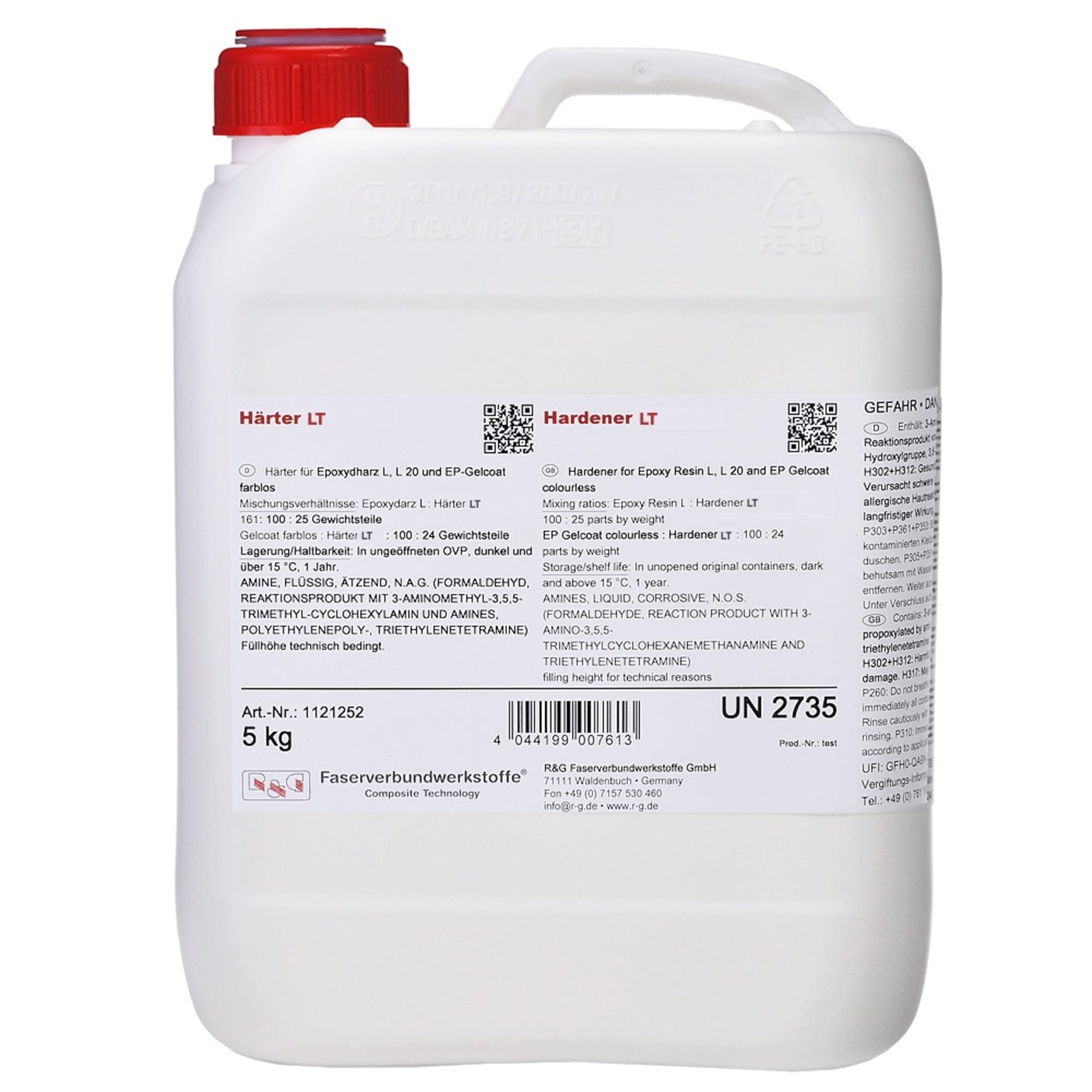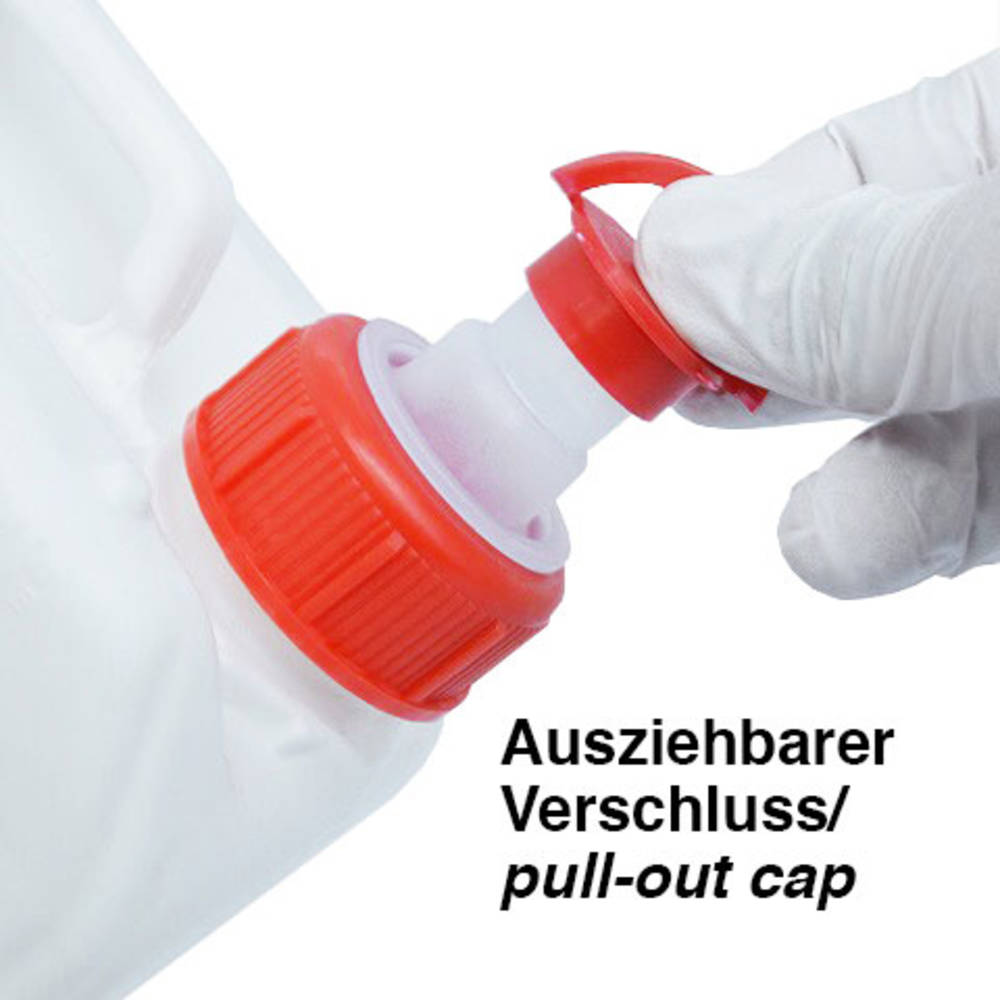
Single packs: 250 g, 500 g, 1, 5, 10 and 25 kg
all Prices price incl. VAT, possibly plus shipping
Article information
Hazards identification - Hardener LT (90 min)
Hazard components for labelling
3-aminomethyl-3,5,5-trimethylcyclohexylamineReaction products of propane-1,2-diol, propoxylated by amination of the terminal hydroxyl group
3,6-diazaoctanethylenediamin
triethylenetetramine
Signal word: Danger
Pictograms:
Hazard statements
| H302 | Harmful if swallowed. |
| H312 | Harmful in contact with skin. |
| H314 | Causes severe skin burns and eye damage. |
| H317 | May cause an allergic skin reaction. |
| H318 | Causes serious eye damage. |
| H412 | Harmful to aquatic life with long lasting effects |
Precautionary statements
| P260 | Do not breathe dust / fume / gas / mist / vapours / spray. |
| P303 P361 P353 | IF ON SKIN (or hair): Remove/Take off immediately all contaminated clothing. Rinse skin with water or shower. |
| P305 P351 P338 | IF IN EYES: Rinse continuously with water for several minutes. Remove contact lenses if present and easy to do. Continue rinsing. |
| P310 | Immediately call a POISON CENTER or doctor / physician. |
| P405 | Store locked up. |
| P501 | Dispose of waste according to applicable legislation. |
























